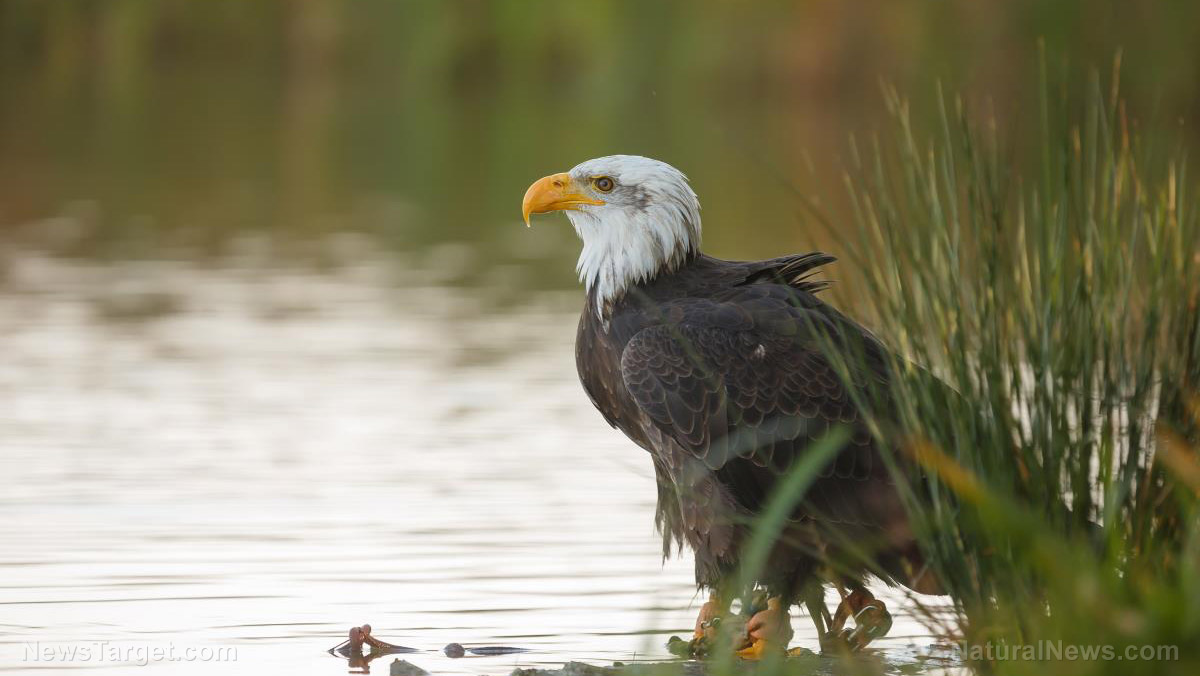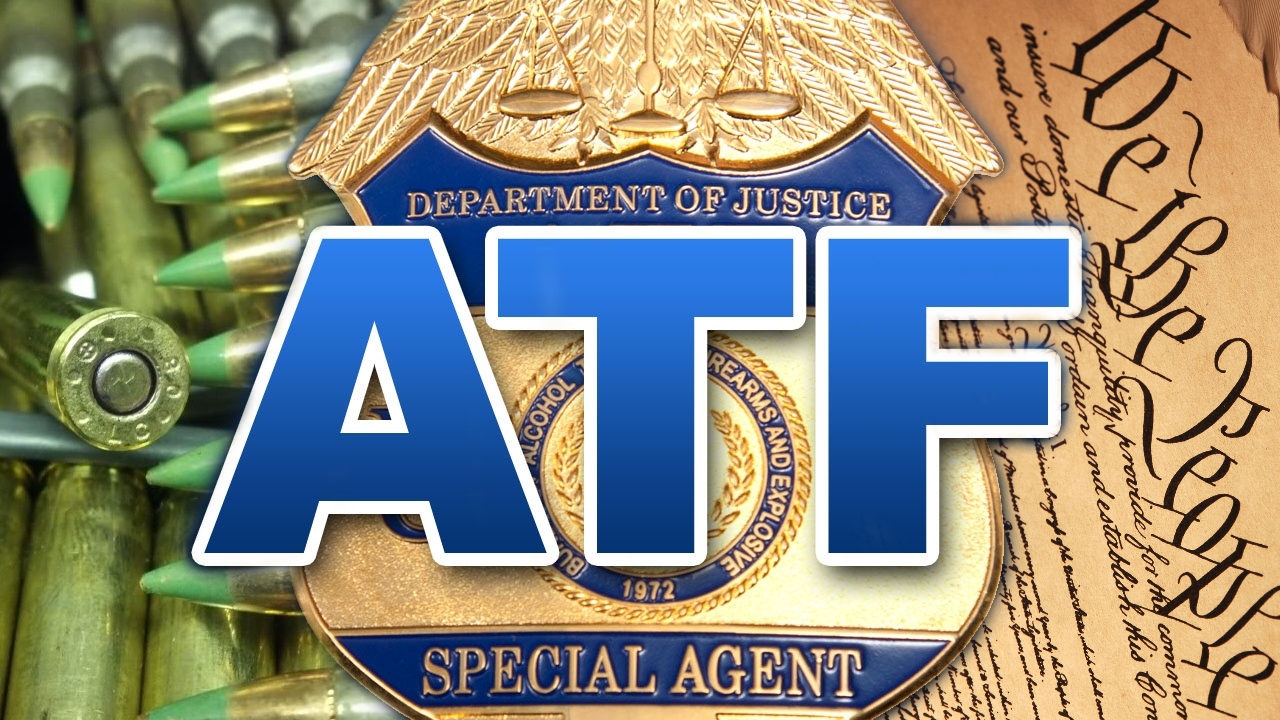 Parler
Parler Gab
Gab
- The U.S. Fish and Wildlife Service (FWS) maintains a secretive database on eagle and bird fatalities caused by wind turbines, with public access heavily restricted. This lack of transparency shields the wind industry from scrutiny and conceals the true impact on avian populations.
- Federal permits allow wind operators to legally kill a specific number of eagles annually, but there is no public disclosure of these allowances, no master list of permitted facilities and no transparency on how these limits are determined.
- The FWS acknowledges that wind companies are only required to detect 35% of actual eagle fatalities, suggesting that reported deaths could be significantly lower than the real toll. This "detection rate" loophole, combined with the absence of independent verification, raises concerns about the accuracy of mortality data.
- Wind farms contribute only a small fraction of U.S. electricity (5.55% in 2016) while causing the deaths of over 573,000 birds annually. Expanding wind power to meet the 2030 target could quadruple the number of turbines, exacerbating habitat destruction and avian mortality.
- Critics advocate for greater transparency and accountability in the wind energy sector. Some propose alternative designs, like bladeless turbines, and highlight the need for better siting practices to minimize environmental impact. The article emphasizes the importance of balancing renewable energy goals with wildlife conservation.
The secret database: Where eagle deaths disappear
Every wind facility in the U.S. is required to report eagle and bird fatalities to the FWS through the Injury and Mortality Reporting System (IMR). Yet this database operates as a one-way street: While companies submit data, the public—and even watchdog groups—are barred from accessing it. When the Albany County Conservancy (ACC) in Wyoming filed a Freedom of Information Act (FOIA) request for eagle mortality data from four wind projects, the FWS released just 22% of the records—256 pages out of 1,156. The rest were deemed confidential. "The wind-kill data is simply secret," wrote energy analyst David Wojick, who first exposed the issue. Even more alarming, federal permits allow wind operators to legally kill a set number of eagles annually—with no public disclosure of these allowances. There is no master list of permitted facilities, no regional breakdowns and no transparency on how these limits are calculated.The math of concealment: Why reported deaths are likely triple
Buried in FWS permit language is a startling admission: Wind companies are only required to detect 35% of actual eagle fatalities. As Wojick notes, this means if a facility reports 30 dead eagles, the real toll could be 90 or more. The "detection rate" loophole accounts for scavengers removing carcasses and search limitations. Yet no independent verification exists. "They know the report numbers are way low. It’s built in," Wojick warns. With 52,000 turbines already operating nationwide—and ambitions to expand wind power to 20% of U.S. electricity by 2030—the scale of unrecorded deaths could be catastrophic for avian populations.Wind’s dirty secret: Massive land use, minimal energy
While turbines kill over 573,000 birds annually (per a 2013 Wildlife Society Bulletin study), they generate just 5.55% of U.S. electricity (2016 data). To meet the 2030 target, turbine numbers would need to quadruple, exacerbating habitat destruction. Each turbine requires:- 3+ acres of cleared land (often on ridgelines).
- 212-foot towers with 116-foot blades (creating a 1.5-acre kill zone per turbine).
- Roads and infrastructure fragmenting ecosystems.
A path forward? Hawaii’s model and bladeless designs
Some states have taken action. Hawaii declared Kaua’i off-limits to wind development due to endangered species. Meanwhile, innovators like Vortex Bladeless (Spain) propose tower-based turbines that eliminate spinning blades—though rigorous, long-term studies are lacking. Al Cecere, founder of the American Eagle Foundation, warns: "We cannot allow 20 years of Bald Eagle recovery to be undone by poorly sited turbines." With Great Lakes wind projects advancing—despite FWS warnings of "extremely high avian use"—the stakes have never been higher.Conclusion: Transparency or collusion?
The federal government’s secrecy around wind-related eagle deaths raises urgent questions. Is this a cover-up to protect a favored industry? Or merely bureaucratic opacity? Either way, the Bald and Golden Eagle Protection Act—a cornerstone of wildlife conservation—is being undermined by backroom permitting. As turbines spread, so too must public pressure for accountability. The true cost of wind energy isn’t just measured in acres or kilowatts—but in the vanishing silhouettes of eagles that once ruled America’s skies. Sources include: WattsUpWithThat.com Heartland.org CFact.org Eagles.orgScotland’s digital ID system sparks “Big Brother” fears amid privacy backlash
By Willow Tohi // Share
Hospital staffers sound alarm after 10 nurses were diagnosed with BRAIN TUMORS
By Ava Grace // Share
DOJ and ATF kill Biden’s “Zero Tolerance” firearms dealer policy
By Laura Harris // Share
U.S.-funded “anti-misinformation” groups persist, raising concerns over censorship and bias
By Willow Tohi // Share
Governments continue to obscure COVID-19 vaccine data amid rising concerns over excess deaths
By patricklewis // Share
Tech giant Microsoft backs EXTINCTION with its support of carbon capture programs
By ramontomeydw // Share
Germany to resume arms exports to Israel despite repeated ceasefire violations
By isabelle // Share










